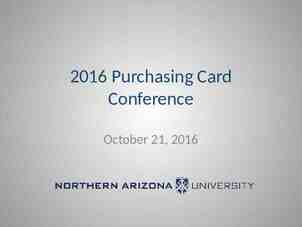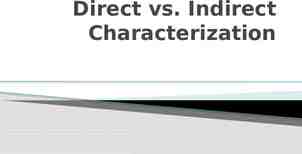Tips for using Acids in School Labs Acid Safety
15 Slides755.81 KB

Tips for using Acids in School Labs Acid Safety

Safety Precautions Acids are strongly corrosive to all body tissue Whenever using concentrated acids or acid solution. Wear splash goggles Not safety goggles Wear chemical resistant gloves Nitrile rubber gloves are the best choice Wear chemical resistant aprons

Purchasing Purchase dilute acids whenever possible Purchase small quantities (smaller bottles) to keep acids fresh. Easier to handle and safer Always purchase concentrated acids in PVC-coated glass bottles. Reduces spills and breakage PVC-coating may discolor acid, but does not affect quality.

Storage Best cabinets for acids is a wood cabinet Acid fumes quickly corrode metal cabinets Wood provides years of safe and durable storage. Acids and bases can be stored together if separated by shelves If NH3Cl forms from HCL and NH3 fumes, wash with Na3PO4.

Storage Prepared acids must be labeled with name, concentration, and date of preparation. Keep appropriate colorcoded acid bottle caps Never use caps on other bottles Used to identify concentration

Color Code for Acid Concentration Acetic Acid Phosphoric – Brown Acid – White Ammonium Hydroxide Green Hydrochloric Acid – Blue Sulfuric Acid – Yellow Nitric Acid – Red

Uniqueness of Acids Concentrated HCl Constantly release fumes Fumes are responsible for damage to chemical storage cabinet

Uniqueness of Acids Nitric Acids Stored in separate liquid-tight compartment If mixed with acetic acids, can produce heat and ignite other flammable materials. Slowly destroys plastic red caps May turn yellow over time, but does not affect its usefulness

Uniqueness of Acids Glacial Acetic Acid Must be isolated from nitric acids Glacial acetic acid freezes at 16.6 C and crystalize Warm bottle to ambient temperature, 25 C

Uniqueness of Acids Concentrated Sulfuric Acid Reacts violently to organic materials sugar, wood, paper If it turns brown, it is contaminated with organic material Its purity should be

Uniqueness of Acids Concentrated phosphoric acid Melting point close to ambient temperature Crystallizes in cool storage room Will absorb water over time Keep tightly sealed.

Preparation & Dispensing Add acid to water (not tap) Diluting sulfuric acid Place flask in ice bath May melt plastic containers or crack non-pyrex glassware. HCl, H2NO3, CH3COOH, must be used in fume hood. Have students bring a graduated cylinder or test tube to dispensing area Helps minimize spills and accidents

First Aid Best first aid is dilution of exposed area For 15 to 20 minutes If acid is spilled onto skin and clothing, safety shower is ideal, and then begin to remove affected clothing Modesty must take a back seat to potential chemical burns. If ingested Do not induce vomiting Rinse mouth with water Drink water or milk Use antacids, but do not give any sodium bicarbonate or any carbonated drinks Call poison control and hospital

Disposal Before disposing acids Neutralize it with a base Pour in the sink found inside the fume hood.

The End






